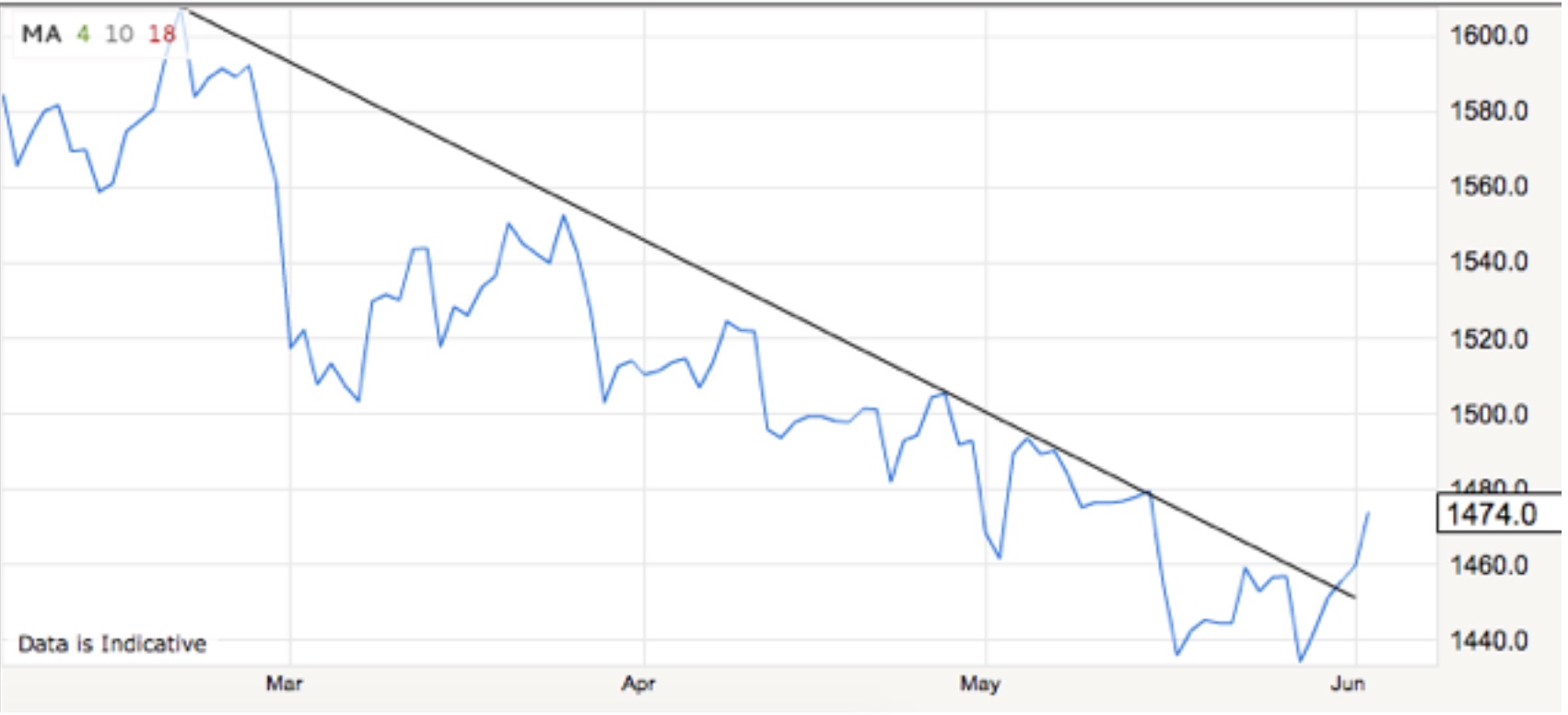Silver Surge Targeting 2nd Major Breakout Above $15

A couple of days action does not mean a trend reversal has occurred and the precious metals are headed higher. There is never any certainty when it comes to markets. But new uptrends have to start from somewhere, so we need to give silver every benefit of the doubt on what is happening.
A Mini-Rocket Launch In Silver
Actually, I’m expecting a mini-rocket launch in silver, just like we have seen in gold now that its downtrend line has been broken. Silver needs to catch up to gold.
So look for the gold/silver ratio to fall from its current heights, which is a bullish sign for the precious metals. Because silver is more sensitive to money flows into the sector, a falling ratio is a good omen.
So there are two things we need to be watching here, Eric. These will indicate that the next step confirming a new uptrend in the precious metals has begun.
Gold needs to follow through to the upside and continue climbing higher and away from $1300. And silver needs to hurdle $15.
If these two things happen, look for the precious metals and the shares of the companies that mine them to surprise a lot of people who are still watching from the sidelines and hoping for a pullback. It could be that the train has already left the station, meaning that last week’s bargain basement prices are history.
- Source, King World News
